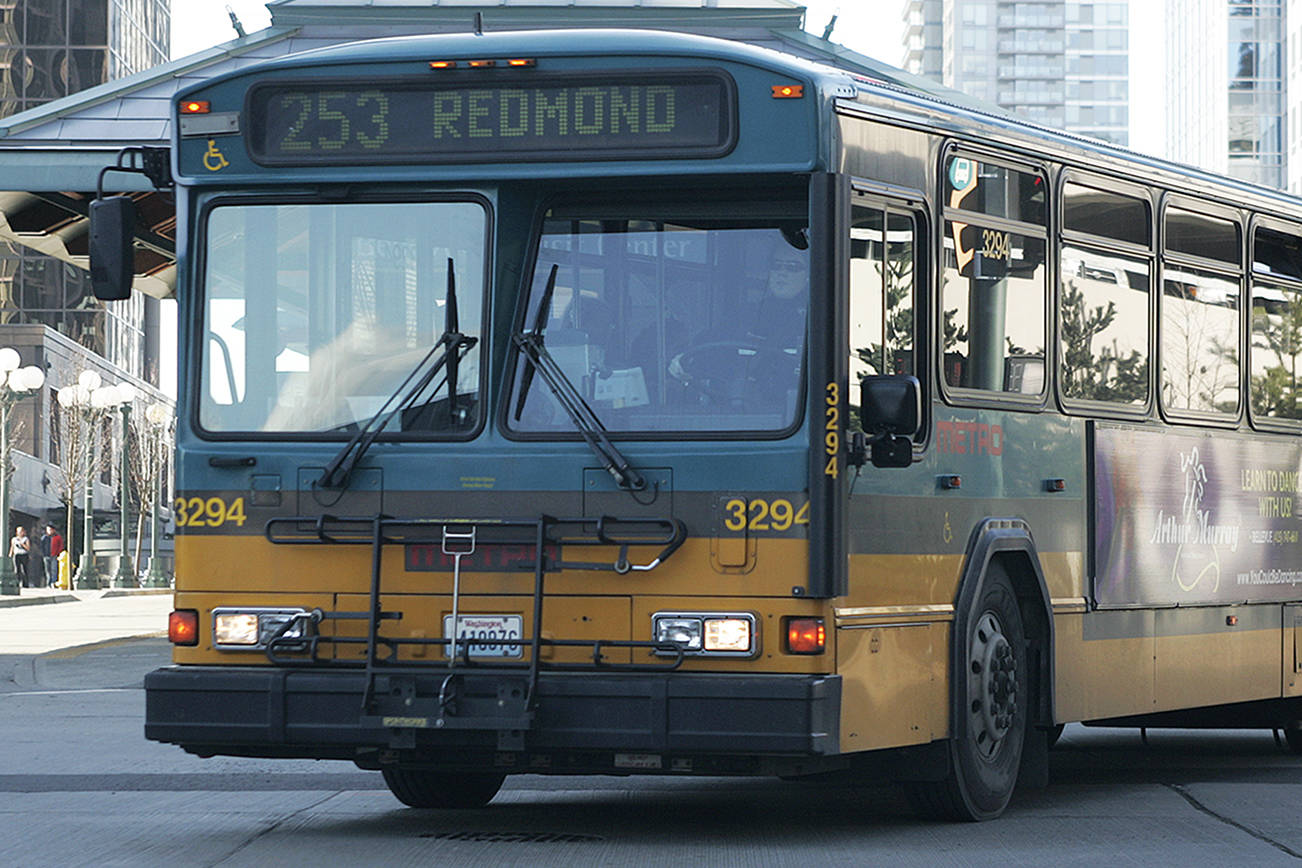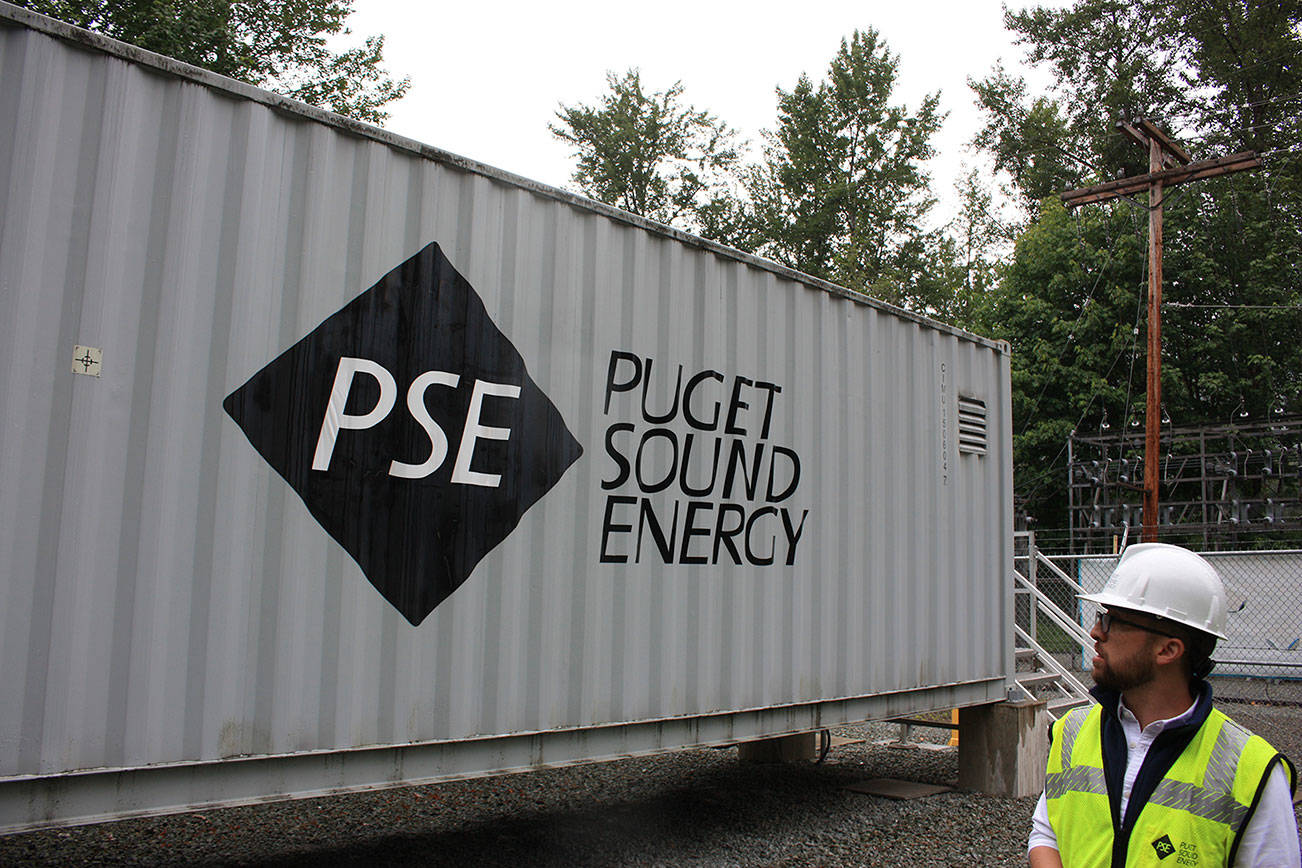Sound Transit and King County Metro are considering ending cross-lake Interstate 90 bus routes following the completion of the East Link light rail corridor in 2023.
Buses from Metro will likely end at either the South Bellevue or Mercer Island park and ride facilities allowing riders to transfer onto light rail to commute into Seattle. Due to layover space constraints, all Sound Transit Express routes drop riders off at either the South Bellevue or Downtown Bellevue stations.
“Most Eastside buses that currently go downtown will involve a transfer to link,” said Sound Transit spokesperson Rachelle Cunningham. “Mercer Island will probably be a transfer point simply because it is more convenient — it’s much easier to get on and off the freeway at Mercer Island.”
Katie Chalmers with King County Metro said their buses would also likely stop and transfer to light rail at Mercer Island. That would allow Metro to free up resources to increase service in other areas of the county while not overlapping service with Sound Transit. Chalmers said light rail is expected to alter how people travel and commute, providing commuters with more transit options.
“It really changes the whole landscape of what transit does in the communities where it goes, and therefore Metro does look to change our service,” she said.
The county’s long range transit plan, Metro Connects, outlines a goal of stopping bus routes west of Mercer Island and instead letting riders board light rail. However, planning and community outreach on specific changes to bus routes will likely begin around 2021, Chalmers said.
A planned bus and rail transit interchange will be built along 77th Avenue Southeast which will allow buses to drop off passengers before turning around and heading east again.
Currently, Metro operates fewer than 10 bus routes during peak service hours across I-90. Sound Transit has two routes, 550 and 554, which cross the bridge. Cunningham said moving bus passengers into light rail could improve reliability for riders.
“The trips on buses are slowing down significantly due to the traffic,” Cunningham said. “… So people if they’re able to get out of that traffic and get into link light rail, it’s going to be much more reliable.”
Metro routes across the state Route 520 bridge could be affected as well. For example, the 271 route between the University of Washington, Bellevue and Issaquah goes through the heart of East Link, Chalmers said. That could potentially be transferred from bus to light rail at one of the Eastside light rail stations.
“Pretty much any services that are operating near or around the future link stations Metro’s going to be looking at for potential change to see how are those routes doing, how are those people doing today and also talking to the community about what people want in the future,” Chalmers said.
Light rail has proved to be a popular service, with weekday ridership growing by 6 percent year-over-year for the fourth quarter of 2018 when compared to 2017. Chalmers said while it will be a change for Eastsiders, she expects it will benefit commuters.
“I think it will be transformational,” Chalmers said.
The East Link expansion will bring light rail to several cities on the Eastside, including Mercer Island, Bellevue and Redmond by 2023. It was approved by voters in 2008 and later followed by Sound Transit 3 in 2016 which added an additional 62 miles of light rail and stations as far out as Issaquah.








